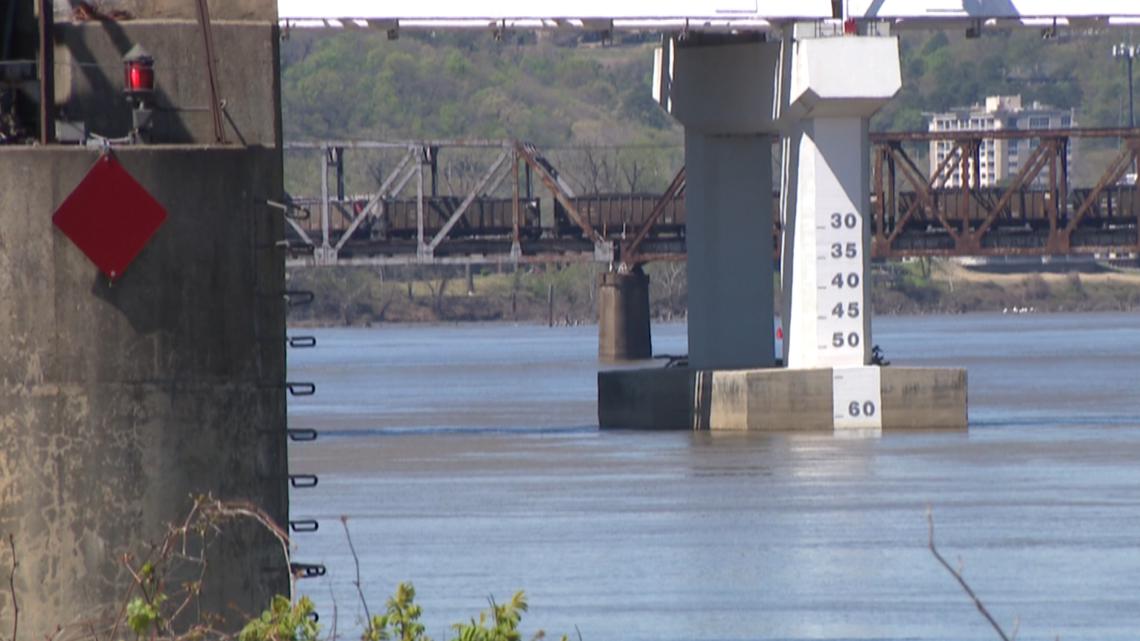LITTLE ROCK, Ark. — Recovery efforts for missing construction workers continue after the stunning collapse of the Francis Scott Key Bridge in Baltimore happened overnight.
At least six construction workers are believed to be in the water near where a massive container ship hit one of the foundations.
Here in Arkansas, we have plenty of vital bridges and even memories of similar incidents over the years, but ARDOT explained how our bridges are prepared for those.
"What hit that structure in Maryland was quite a large, large vessel," said Dave Parker, an ARDOT Spokesperson.
Parker said that in Arkansas we don't have any as big as the vessel in Maryland, but there are plans in place in case any of our barges or tows do hit a bridge.
"We have protected devices, we have steel casings that are often filled with rocks and other ways to protect it should something strike the base of the bridge," Parker described.
Jay Townsend with the Army Corps of Engineers said there are rules to make sure those on the water know what their speed should be when they approach bridges.
"We have what's called the Red Book, and each of the mariners that are going up and down the river have one of these. It tells them how fast they can approach and how fast they can exit," he described. "If we've got heavy out drafts, then we make them actually come to a complete stop before they enter into the lock chamber."
All of these resources work together to reduce potential collisions.
"If they were to lose propulsion, they'd already be going at a slow enough speed that the possible collision would do very minimal amounts of damage," he added.
Crews are also constantly inspecting our bridges to make sure they're strong enough to withstand it.
"Us, the Arkansas Department of Transportation, and the Coast Guard work closely together to ensure that those bridges are safe from collisions. They've either got those protective cells upstream or downstream, or the protections built into the pier itself," he explained.
Parker used the I-40 bridge in Memphis as an example of having very large concrete footings in the Mississippi River that should keep it stabilized if anything were to hit it.
There was an incident involving barges and a bridge in Little Rock back in 2013, but no one was hurt and the bridges reopened shortly after an inspection.



